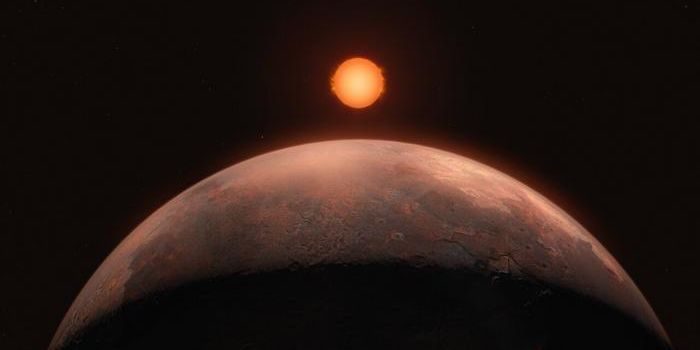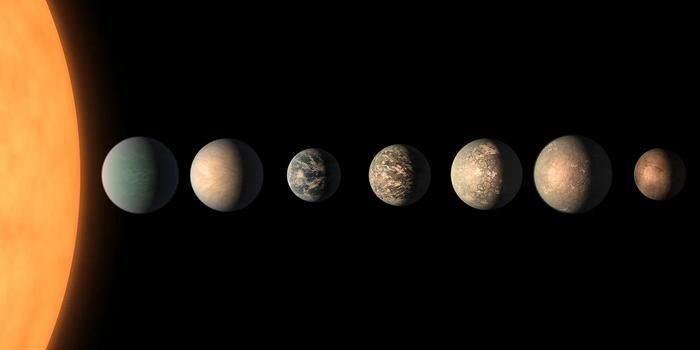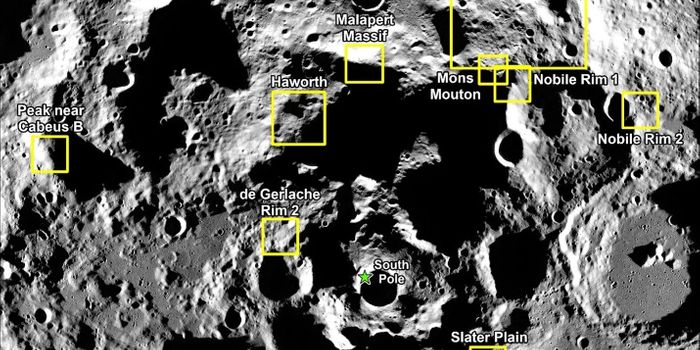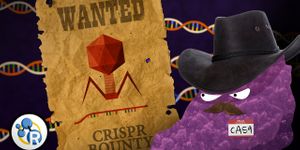Gravitational Waves May Be Produced Sooner Than We Thought
Gravitational waves are still a rather new discovery to most astronomers, so trying to understand them by studying computer models based off of what we already know has led to all sorts of even newer discoveries.
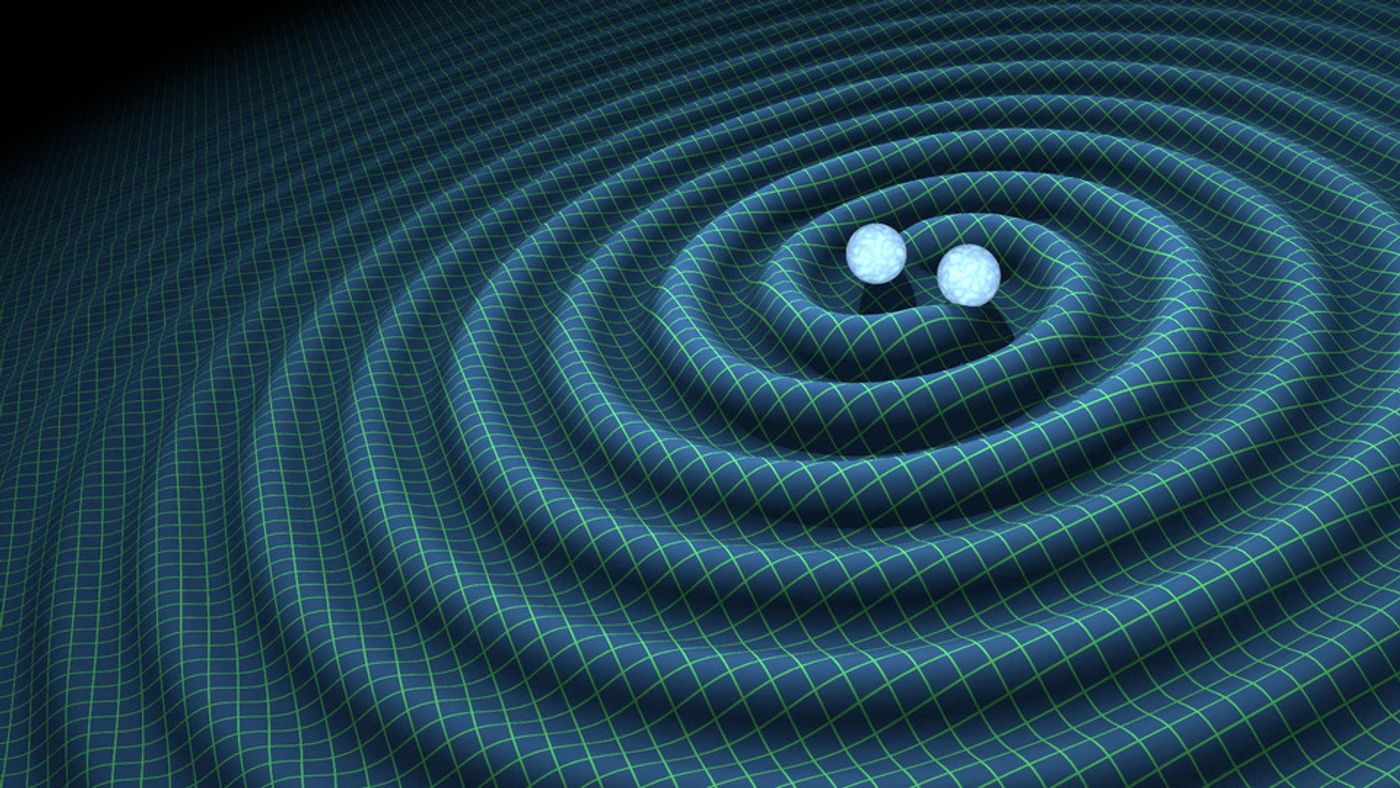
Image Credit: LIGO
Although gravitational waves were predicted in Einstein’s theory of relativity over a century ago, they hadn’t actually been observed until recently, when LIGO revealed they had captured evidence of gravitational waves.
They are exactly what they sound like: waves of gravity that occur from conflicting gravitational forces.
Gravitational waves occur when two extremely large and high-gravity objects slam into each other in space. Among some of the few the things that are likely to produce these cataclysms are collisions between supermassive black holes and collisions between galaxies.
But one thing recent computer models created by an international team of researchers from the University of Zurich are suggesting that we've been surprised by is the fact that gravitational waves can be produced far sooner than originally thought.
In fact, perhaps as soon as 10 million years following the merging of two galaxies, the first gravitational waves may be produced. This is up to 100 times sooner than we originally thought based off of the original discovery of gravitational waves. Their findings have been published in The Astrophysical Journal.
“The result is surprising,” Lucio Mayer from the Institute for Computational Science of the University of Zurich said. “The merging of the two black holes already triggered the first gravitational waves after 10 million years – around 100 times faster than previously assumed.”
With the uncovering that gravitational waves can occur far sooner than originally thought, the misunderstandings surrounding these incredibly complex bouts of nature are slowly coming into focus. The more we know about them, the better we can predict their existence and try to observe them in space.
Understanding gravitational waves and how they’re made is an important step in understanding how the universe was formed. Without a doubt, galaxies and supermassive black holes have been slamming into each other far before humans even walked the Earth, in fact, it’s probably been happening since the birth of the universe as we know it.
Source: University of Zurich


